1. ATM Usage (Even Your Own Bank)
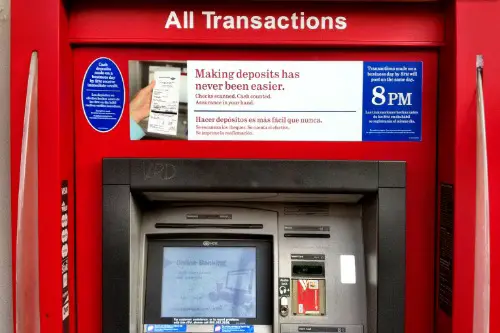
Back in the day, using your own bank’s ATM meant no fees—simple as that. Now, even accessing your money can come with charges, especially if you’re outside your bank’s network. Some ATMs hit you with a $3 fee, plus a fee from your own bank. You’re basically paying to access your own cash.
It’s even worse when you’re traveling or in a pinch and the only nearby ATM isn’t affiliated with your bank, Aliza Chasan from CBS News explains. Suddenly, grabbing $20 might cost you $26. The convenience of ATMs has turned into a quiet drain on your wallet. It’s the price of not planning ahead—or just being in the wrong spot.
2. Air at the Gas Station
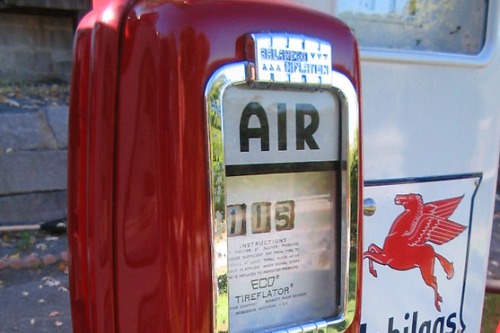
Once upon a time, if your tire pressure was low, you could swing by any gas station and top up with air—no coins, no stress, according to Joey deVilla from Global Nerdy. Now, many places charge $1.50 or more for a few minutes of compressed air. That may not seem like much, but it’s frustrating when you think about what you’re paying for: air.
Some states have passed laws requiring stations to offer free air, but enforcement is spotty. And even when it is free, you often have to ask inside or deal with broken machines. It’s a basic service that used to be about safety, not profits. Now, keeping your tires in check has literally become a nickel-and-dime game.
3. Public School Field Trips

Remember when a permission slip was all you needed to go to the zoo or a museum with your classmates? These days, many schools ask parents to chip in for transportation, entry fees, or even meals. It’s not unusual for a single field trip to cost $20–$50 per kid. That adds up fast, especially for families with more than one child in school.
Part of the reason is shrinking school budgets, forcing educators to rely on parent contributions to keep these outings going. It’s a tough trade-off—enrichment opportunities shouldn’t depend on a family’s income. When field trips start feeling exclusive, they lose the magic that made them special. What was once a rite of passage now feels like an added expense.
4. Checking a Bag When Flying
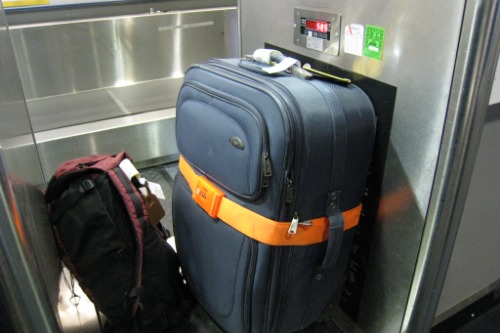
Flying used to be more straightforward—your ticket included a seat, a meal, and a checked bag, according to Nathaniel Meyersohn from CNN. Now, that checked bag can cost anywhere from $30 to $60 each way on most airlines. Want to bring two bags? You’re probably looking at an extra $100 round trip.
Airlines defend the fees as a way to keep base fares low, but the total price rarely feels like a deal. And it doesn’t help that “basic economy” has redefined what counts as a carry-on. For travelers trying to pack light, the bag fee has become a financial obstacle course. The friendly skies aren’t as friendly—or as free—as they once were.
5. Paper Bank Statements
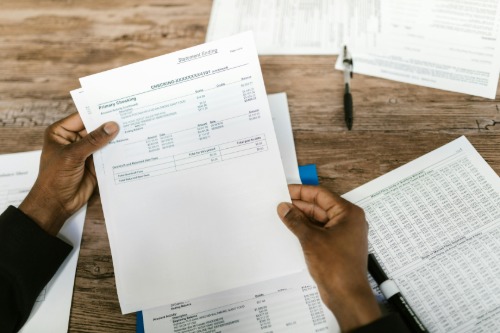
Banks used to mail your monthly statements with no fuss, no fees. These days, opting for paper instead of digital might cost you anywhere from $2 to $5 per statement, according to Sophia Acevedo from Business Insider. It’s one of those sneaky fees that adds up, especially for people who prefer physical records. And let’s face it, not everyone is comfortable going fully digital.
Banks say it’s about sustainability, but it’s also about cost-cutting and encouraging online banking. If you’re not checking your inbox regularly, you might not even notice when a fee slips in. For older customers or folks without consistent internet access, this is more than inconvenient—it’s exclusionary. What was once part of the service now feels like an upcharge for peace of mind.
6. Tap Water at Restaurants

It used to be a given: sit down at a restaurant, and a server would pour you a free glass of ice water without asking. Now, especially in big cities or during droughts, you might find restaurants charging a buck or more for what used to come straight from the tap. Some places justify it by saying they filter or carbonate the water, but let’s be honest—it’s still water. The real kicker? You’re often left guessing if asking for “plain water” will land you a surprise charge on your bill.
There’s a growing trend of replacing free water with bottled options, which can easily run $3–$5. That’s great if you’re craving something fancy, but not so great if you just want to stay hydrated without draining your wallet. In some restaurants, water won’t come unless you specifically ask for it, and even then it might come with a fee. What used to be a basic courtesy is starting to feel like a luxury.
7. Hotel Parking
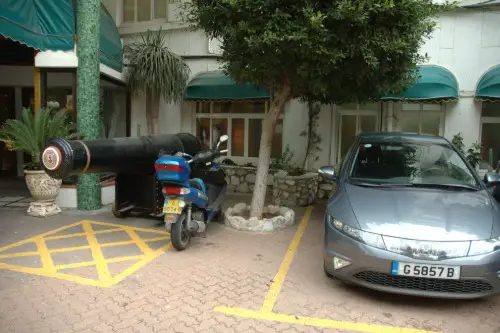
Hotels once included parking as a standard amenity—like towels or tiny soaps. These days, especially in cities, parking can cost $25 to $60 per night. That can nearly double the price of a budget stay, turning what seemed affordable into a surprise expense.
Even some suburban hotels and motels have jumped on the paid-parking train. And good luck finding street parking when the hotel’s location is designed to funnel you straight into their lot. It’s another example of unbundling—the base rate looks nice, but everything else is a la carte. Suddenly, your car is costing you just for existing.
8. Cable TV Channels
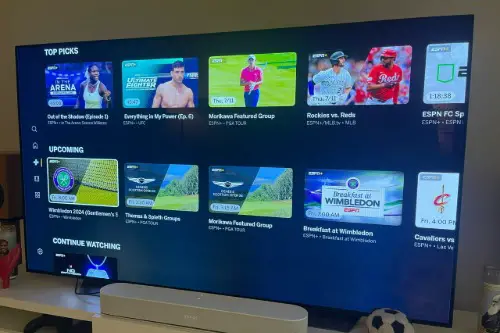
Remember when basic cable actually included most of the channels you wanted to watch? Now, between premium packages, sports add-ons, and streaming services, watching TV feels like building a very expensive puzzle. You might pay $70–$150 a month and still not get everything. And even basic channels sometimes get blacked out due to corporate disputes.
The rise of streaming was supposed to save us from cable bloat, but now we just have more subscriptions. Add in taxes and mysterious fees, and your “bundle” becomes anything but a bargain. What used to be a single bill is now a mini accounting project. The entertainment didn’t change—just the hoops you have to jump through to access it.
9. School Lunches
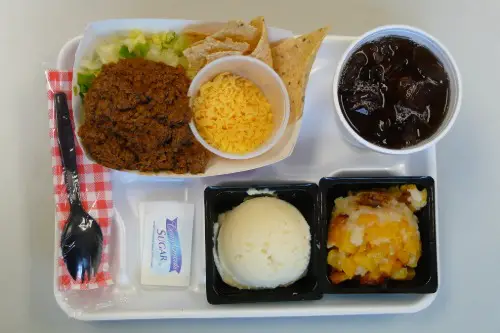
School lunches were once heavily subsidized or free for many students, depending on the district. But in recent years, a number of schools have scaled back free meal programs, especially after pandemic-era funding dried up. Now, some students rack up lunch debt if their families can’t pay. It’s a heartbreaking reality for something as basic as a sandwich and milk.
Some states have reinstated universal free meals, but many haven’t. Kids in the same classroom might have totally different access to food based on zip code or income. It’s turned school cafeterias into economic battlegrounds. And it’s hard to focus on learning when you’re thinking about whether you can afford lunch.
10. Plastic Grocery Bags
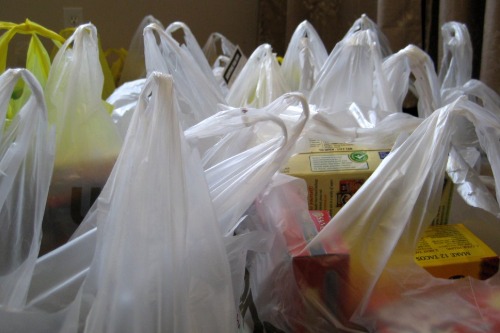
Grocery stores used to toss your items into plastic bags with a smile and a “Have a nice day.” Now, in many states, plastic bags come with a fee—typically 5 to 10 cents per bag. Some places have banned them entirely, pushing shoppers toward reusable options. While the environmental motivation is solid, the sudden charge can feel jarring.
Especially if you forget your tote and end up juggling produce in the parking lot. It’s a shift in culture that’s happened quickly, and not everyone’s on board. What was once free and ubiquitous is now another item to plan for. Forgetting your bag can now cost you—literally.
11. Highway Tolls
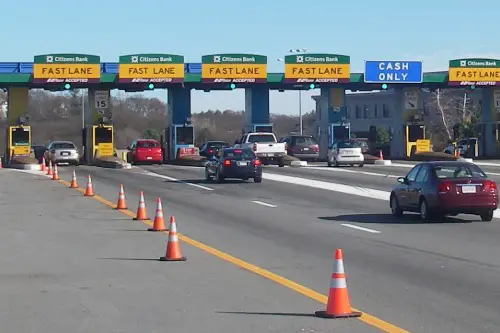
Decades ago, toll roads were rare and usually had modest fees. Now, electronic tolling has exploded, with dynamic pricing that changes depending on traffic. It’s not unusual to pay $15 or more just to bypass congestion. And the convenience often comes with surprise bills later.
EZ-Pass and similar systems make it easier to drive—but also easier to lose track of spending. Some cities even charge for high-occupancy lanes that used to be open to all. It’s made road trips more expensive and commuting more complex. The open road is still there—but it’s not as free as it once was.
12. Customer Service Help
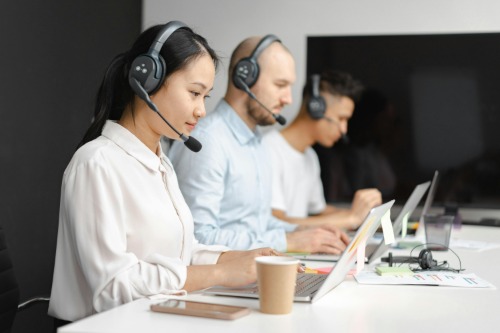
Once upon a time, if something went wrong with a product or service, you could call a real person and get help—no charge, no wait. Now, companies hide behind chatbots, long phone trees, or even charge for “premium support.” Some software and tech companies require a paid subscription for customer service access. It’s a quiet paywall that feels especially unfair when you’re already a paying customer.
The time it takes to find the right number is often a challenge in itself. And when you do, you might get upsold instead of helped. We’ve gone from “the customer is always right” to “the customer can pay extra to be acknowledged.” It’s frustrating, and it’s only getting more common.
13. Tech Device Chargers
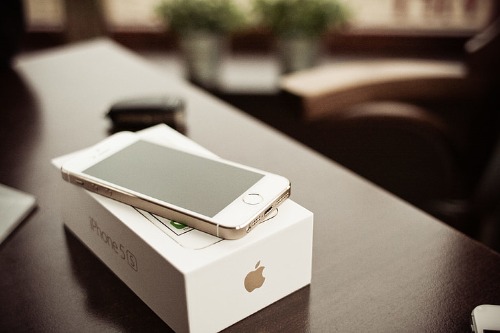
Your new phone? Cool. But where’s the charger? More and more companies are shipping devices without power bricks or headphones, citing environmental concerns. But for consumers, it often means shelling out another $20–$40 for accessories that used to be included.
Apple started the trend, and now others have followed. If you’re switching brands or upgrading from an older model, you may find your old charger isn’t compatible. It’s a sneaky way of shifting costs without lowering prices. What used to come in the box now lives behind another paywall.
14. Public Restrooms
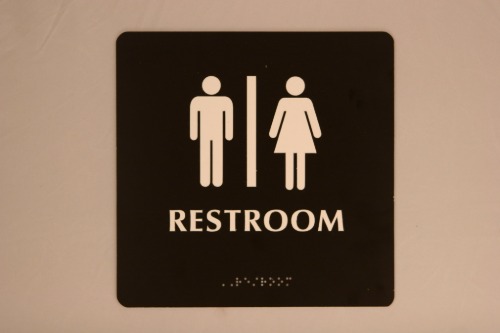
It used to be easy to find a clean public restroom—parks, malls, and gas stations all had them. But now, more businesses are locking restrooms or only allowing paying customers to use them. In some places, you literally need to buy something just to use the facilities. And good luck if you’re in a big city—there might not be a public toilet for blocks.
This disproportionately affects travelers, parents, and unhoused people. Some cities are experimenting with paid public restrooms or attendants, but that just shifts the cost. What used to be a basic human need is now a logistical challenge. Holding it has never been so expensive.


